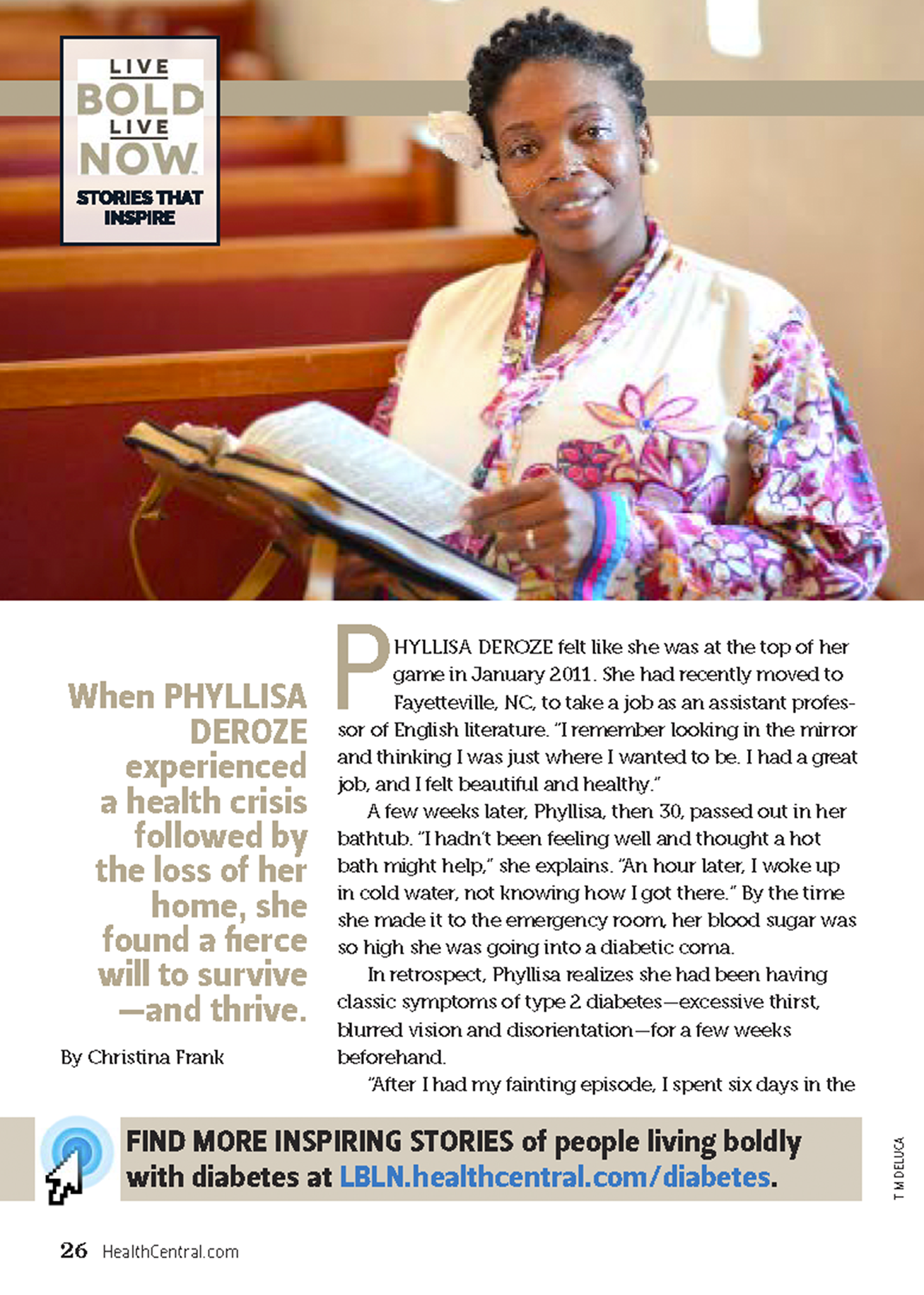Diabetes and The Clark Sisters Lifetime Movie
I recently watched The Clark Sisters: First Ladies of Gospel, a Lifetime movie that was released on April 11, 2020. To start, I want to say that there were a number of things I enjoyed about the film. I am thankful that someone found this all-women gospel group worthy of having their stories told on a national network. I enjoyed listening to the music and going down memory lane. The soundtrack was as nostalgic for me as it was for many of the co-producers including: Mary J. Blige, Missy Elliot, and Queen Latifah. I grew up listening to the Clark Sisters music and followed them for many years as they produced both group and solo albums. In short, I greatly appreciate the film for broadcasting the Clark Sisters’ legacy beyond gospel music listeners.
While I admire many aspects of the film, I was troubled by the way diabetes was portrayed. Dr. Mattie Moss Clark, the mother of the Clark Sisters and the mastermind behind their harmonic sound, lived with diabetes and died from complications of the condition. The diabetes story line needed improvement because it was poorly showcased.
In this blog post, I am going to share two of my main concerns with the way diabetes was handled in the film.
First, the word “diabetes” is not mentioned in the movie. I wish I had heard the word at least once because it could have been empowering for the primary audience (African American Christians) to hear because we often avoid talking about diabetes. When we do talk about diabetes, it is often in whispers and/or in coded language like when we call diabetes the “suga.” Because “diabetes” is never said in the film, viewers are forced to rely only on visual clues from one scene near the end of the film to understand that diabetes was a significant part of Dr. Clark’s declining health. This leads me to the other issue I have with the diabetes story line.
Secondly, the most memorable visual image of diabetes is Dr. Clark’s bleeding foot. Near the end of the film when diabetes becomes a part of the plot, it begins with a home visit from Jackie (one of Dr. Clark’s daughters and a member of the singing group). After Jackie enters her mom’s home, she tells her mother, “You shouldn’t be eating that.”
“God healed me,” is her response and Dr. Clark keeps eating potato chips.
Jackie quickly concludes that she won’t be able to stop her mom from eating the chips. She then begs her mom to at least take the medication already sorted and placed on the coffee table. Reluctantly, Dr. Clark picks up a handful of pills and slowly swallows them. I have included a screenshot from the scene. If you look in the lower left corner of the table, you can vaguely make out a vial of insulin. This is another clue that Dr. Clark has diabetes even though she does not give herself an insulin injection.
Immediately after Dr. Clarke swallows the oral medication, Jackie notices that her mom’s foot is bleeding. The image of her bleeding foot is the most compelling, memorable, and tragic clue that Dr. Clark has diabetes.
Sadly, as quickly as diabetes enters the story line, it is over. Diabetes is portrayed as coming out of no where, causing complications immediately, and then killing Dr. Clark. After Jackie notices the bleeding foot, we are given scenes of the daughters visiting their mother in the hospital, and then attending her funeral, all within a few minutes. When I think about the representation of diabetes in the film, my heart aches because it is another example of gloom, doom, and death.
How I wish diabetes was portrayed
I wish diabetes was present earlier in Dr. Clark’s life, perhaps in scenes where she is enjoying life. For example when she sings with her daughters on stage at the Grammy’s.
I wish they showed her checking her blood sugar at some point.
I wish we could have seen her taking insulin or treating hypoglycemia.
I wish they highlighted how she managed diabetes while traveling so often.
I wish diabetes was represented before the complications claimed her life.
My goal is to help expand the narrative of people managing diabetes to include images of people living with diabetes, not dying from diabetes. This film served as a reminder that my work is not in vain and there is still more work to be done.
In addition to this blog post, I created a vlog about this topic that can be found here.





Leave A Comment